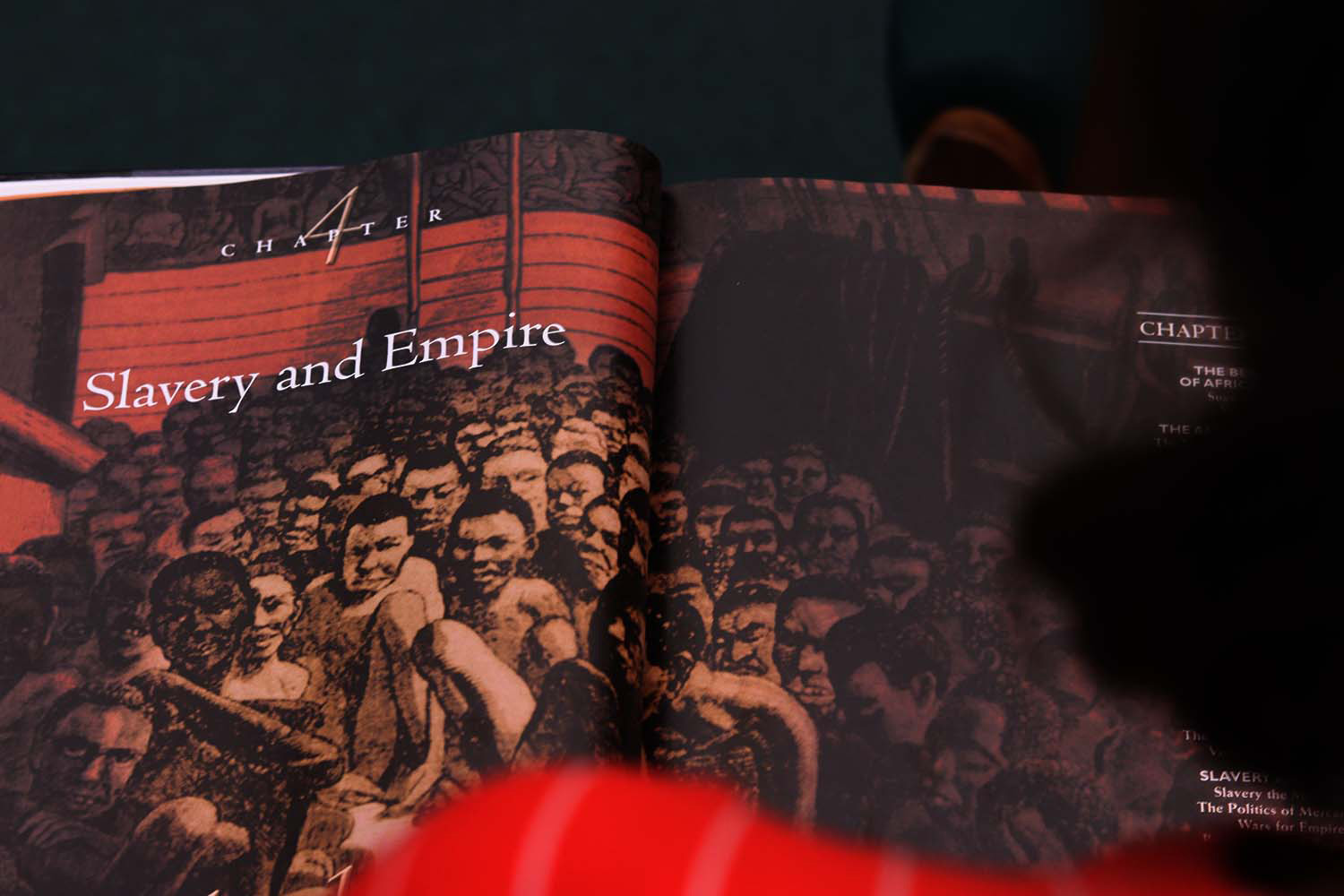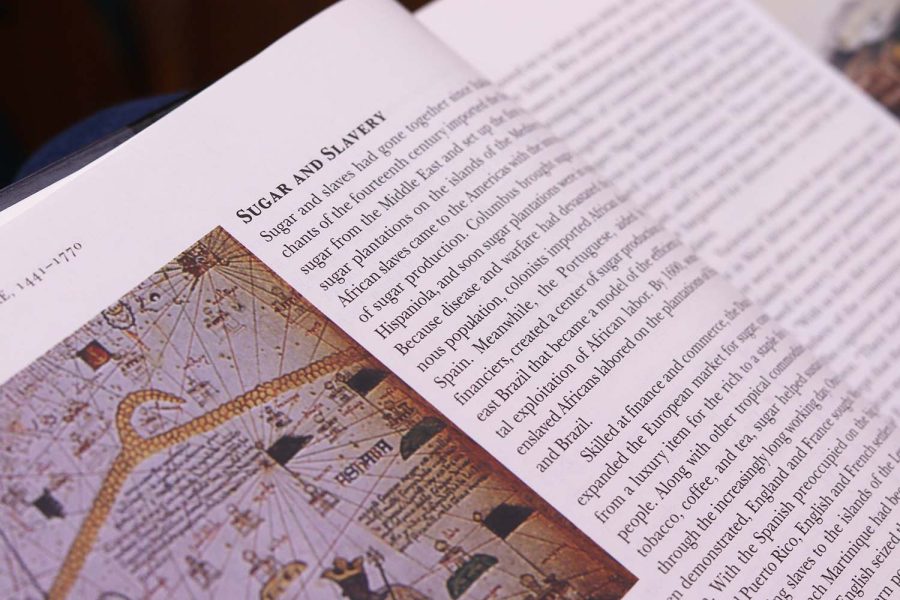Just what is Critical Race Theory?
November 23, 2021
Imagine a single word that has the power to almost instantaneously divide the opinions of a room. Add in the implementation of that division into education and you have the perfect storm that is critical race theory.
Critical race theory has had an almost comet-like rise to national attention over the last year and a half. After the tumultuous events surrounding the death of George Floyd in May of 2020 and the continued outcry against police brutality against minorities, a readjustment in education on racism and acceptance was demanded by social justice groups such as Black Lives Matter.
School board meetings across the country, particularly on the east coast in the Virginia governor’s race and in more politically conservative communities, have seen an uproar from confused parents angry that critical race theory will be indoctrinating their children into “woke” culture, as was the case recently in an Orange County school.
What is critical race theory, and why is it deemed so controversial? There is no unified, simple answer due to the complexity of the topic, but there are some key components.
The first of these key components is that CRT has been an idea for quite some time. The late 1970s saw the formation of what eventually would become CRT through legal analysis done by Derrick Bell, a lawyer and civil rights activist, Kimberlé Crenshaw, a lawyer and civil rights activist, and Richard Delgado, a legal scholar.
The legal analysis from Bell, Crenshaw and Delgado provided the framework and basic ideals of the CRT being taught in colleges today.
“In the 1960s you had law schools that were doing critical legal studies which were combining law with critical theory,” said Jose Vargas, a CSUN professor who holds a doctorate in social psychology and is a supporter of CRT. “They were looking at the legal system from a perspective of constantly challenging why the system does what it does.”

Vargas explained that the original critique of CRT is from a legal standpoint. This critique examines the way the legal system maintains an imbalance of power by encoding legal language as mechanisms of power. The legal viewpoint on the subject falls more in line with a perspective. It examines the way racism is ingrained within American society and the legal system, and provides the legal definition of CRT.
“It is a perspective, a point of view of what you believe is valid knowledge and what doesn’t qualify as valid knowledge,” Vargas said.
According to Vargas, race is more of a social construct than a personal preference or individual choice. “I think the most central … argument [of CRT] is that race as a social and legal construct has developed a form of power,” Vargas said.
“There is no one definition of CRT, like with many fields and subfields, there is a history and an evolution that goes through this process,” Vargas continued.
What makes educational CRT different from the legal definition are five tenets or principles, according to Vargas. These five tenets are the idea of race as a power construct, challenging dominant ideologies, experiential knowledge, interdisciplinary work and elimination of all forms of subordination.
Race as a power construct is the idea that race was originally a legal construct or concept and has developed a form of power. Challenging dominant ideologies means changing or challenging the current system or what is considered the norm. Experiential knowledge “is the idea that those in power have every reason to lie to you,” Vargas said, further explaining that those in power are not automatically liars but have an interest in maintaining that power by any means. Interdisciplinary work means the work is not a task that can be completed alone. Elimination of all forms of subordination is the idea of equality.
“The original critique of critical race theory is in the American legal system, and how these structures either on purpose or through intentional discrimination maintain white supremacy,” Vargas said. “Or most likely unintentionally encoded into the legal language mechanisms to maintain that power.”
The idea of teaching CRT in public schools has faced opposition from parents who claim the teachings are indoctrination and racist, even though the subject is not being taught outside of higher education. In the summer of 2020, school boards across the nation saw opposition from parents claiming these teachings were against their beliefs and indoctrinating their children.
These complaints started at a grassroots level with parents, but were soon uncovered to be a larger and more calculated movement with ties to politically-motivated groups such as No Left Turn, a group hyper-focused on opposing “woke” culture being taught in schools.
“I think that educational systems are next to families, one of the most socializing forces,” Vargas said. “It starts with education. If we can start fixing things here, then there’s hope it will start permeating into the larger society.”
CRT — which is not currently taught in grades K-12 — has nothing to do with teaching children to dislike or be upset with white children, and more with teaching the imbalance that has been ingrained in our society, according to a NPR report.
In a Reuters poll from earlier this year, 33% of those surveyed believed that CRT was implying that white people are inherently bad or evil. Another 36% supported a ban on teaching CRT in public schools.
“We don’t want to talk about things that make us feel bad and sad, and that we think that will make our children feel bad and sad about who they are,” said Lissa Stapleton, an associate professor in deaf studies and core faculty member in the Educational Leadership and Policy Studies program at CSUN. “And so I think that there’s a misconception that that is where that conversation stops.”
Stapleton, who holds a doctorate in education with an emphasis in higher education and social justice, as well as a minor in women’s studies, explained that the term “whiteness” is more of an ideology than categorization and should be examined in a way that reshapes it.
“White people and ‘whiteness’ don’t get to decide what we remember and don’t remember,” Stapleton said. “If anything we need to decolonize our minds and decolonize our hearts to say we have a past and language and culture that is separate from whiteness.”
According to Stapleton, the “master narrative” being taught in schools is not always the most correct or current for our time. There are other narratives, stories and factors that need to be taught as well to aid in explaining the complexity surrounding race.
As of now, CRT remains a taboo subject for some. But for others, it is a glimpse into a possible progressive future.
“How are we going to institutionalize this idea? For now, it is starting at a grassroots level with believers [in CRT],” Vargas said. “I am optimistic, though, because more people are talking about this. More people are ready to have the conversation.”
